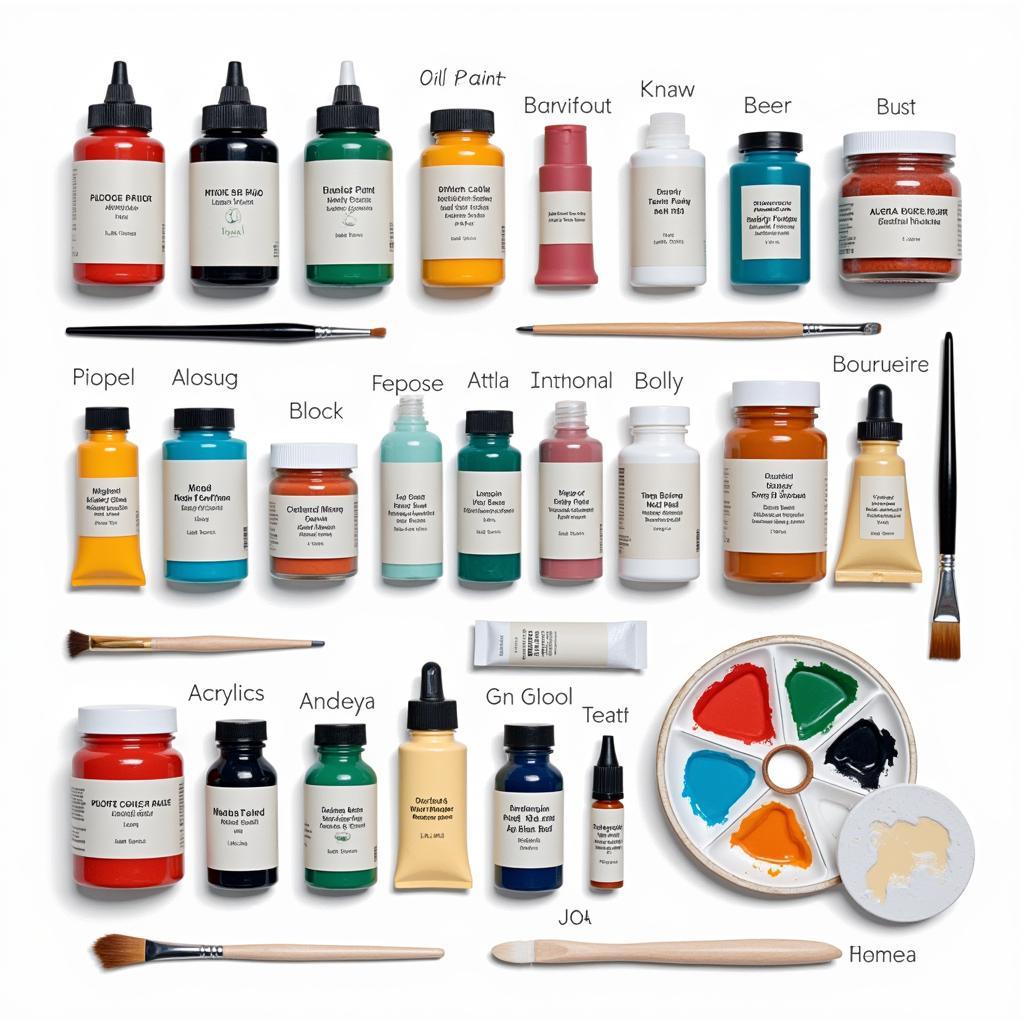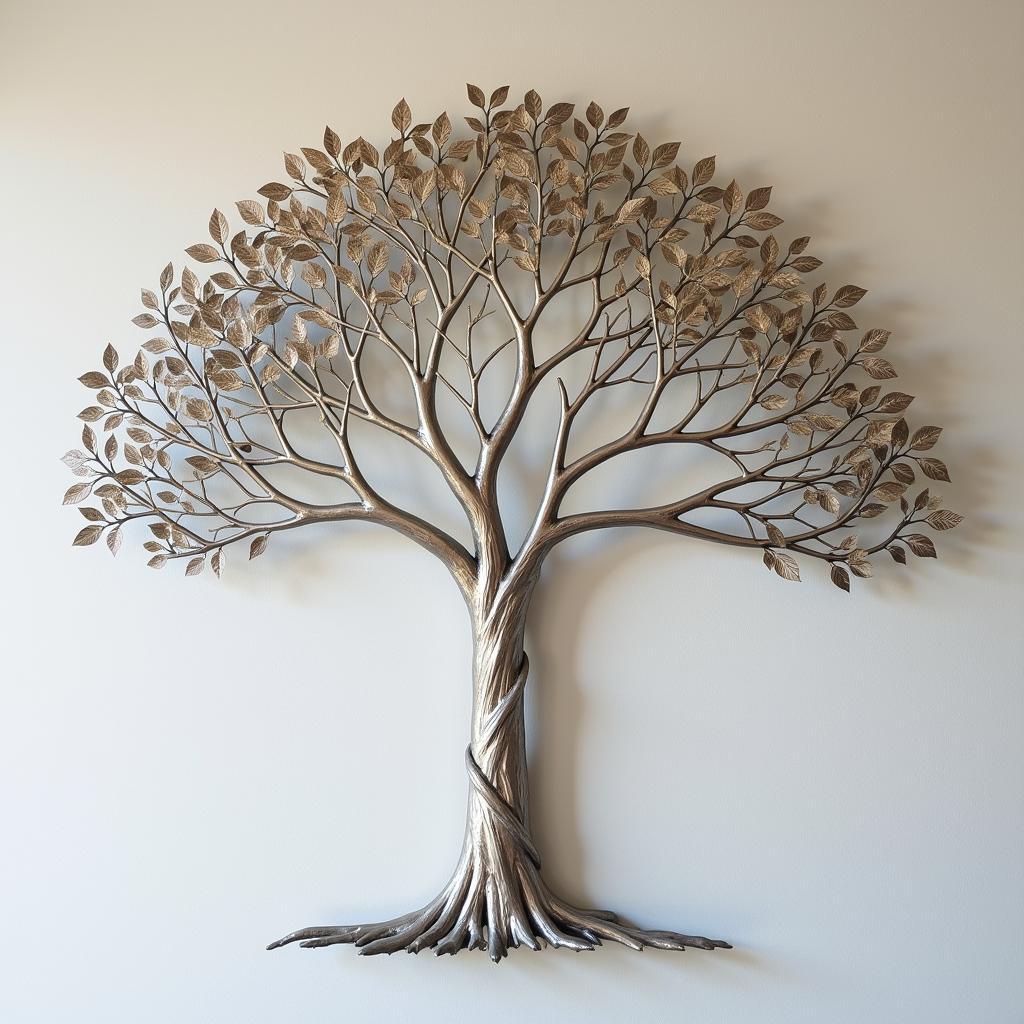Mastering the Art of the Martial Arts Dummy
The Martial Arts Dummy, a silent training partner steeped in tradition, has been an invaluable tool for martial artists for centuries. More than just a stationary object, the martial arts dummy, or “mook jong” as it’s known in some disciplines, represents a living opponent, helping practitioners hone their skills and develop muscle memory. This article delves into the world of martial arts dummies, exploring their history, benefits, and various types available.
A Legacy Forged in Wood and Steel: The History of Martial Arts Dummies
The earliest forms of martial arts dummies can be traced back to ancient China. Legend has it that a Shaolin monk, inspired by the resilience of a tree, developed the first wooden dummy to practice his strikes and improve his technique. Over time, the use of martial arts dummies spread to other Asian countries, each region adapting the design and training methods to fit their unique martial arts styles.
From the Wing Chun wooden dummy with its protruding arms to the heavier, freestanding dummies used in Judo and Aikido, each type of dummy reflects the specific movements and principles of the martial art it’s designed for.
Why Train with a Martial Arts Dummy? Unveiling the Benefits
Training with a martial arts dummy offers a multitude of benefits for practitioners of all levels:
-
Enhanced Technique Refinement: The stationary nature of the dummy allows you to meticulously analyze and perfect your strikes, blocks, and kicks. You can experiment with different angles, power, and combinations without the pressure of a moving opponent.
-
Improved Muscle Memory: Consistent practice on a martial arts dummy ingrains the correct movements into your subconscious. This repetition develops muscle memory, making your techniques faster and more instinctive in real-life situations.
-
Increased Power and Speed: Striking a solid object like a martial arts dummy helps build strength and power. The resistance training element also enhances your speed and explosiveness.
-
Convenient and Accessible Training: A martial arts dummy provides a consistent training partner, available 24/7. You can practice at your own pace and convenience, without the need for a training partner or specific training hall.
Choosing Your Training Partner: Exploring Different Types of Martial Arts Dummies
The type of martial arts dummy best suited for you depends on your chosen style and training goals. Here’s a breakdown of some common types:
1. The Wing Chun Wooden Dummy: A Test of Precision and Power
Perhaps the most iconic type, the Wing Chun wooden dummy, typically made from hardwood, consists of a trunk with three arms and a leg designed to simulate an opponent’s limbs. Training on the wooden dummy develops speed, precision, and sensitivity in Wing Chun practitioners.
2. Freestanding Dummies: Versatile Training Companions
Freestanding dummies, often filled with water or sand, are highly versatile and used across various martial arts disciplines like Judo, Aikido, and Karate. They allow for practicing throws, takedowns, and grappling techniques.
3. Wall-Mounted Dummies: Space-Saving Training Solutions
Ideal for smaller training spaces, wall-mounted dummies offer a compact solution for practicing strikes, kicks, and blocks. They often feature padded striking surfaces for impact absorption.
Unlocking Your Potential: Embracing the Martial Arts Dummy
The martial arts dummy, a silent teacher and unwavering training partner, has stood the test of time. Whether you’re a seasoned martial artist or just beginning your journey, incorporating a martial arts dummy into your training regimen can significantly enhance your skills, power, and understanding of your chosen discipline. It’s an investment in your martial arts development, offering a pathway to unlock your full potential.
Martial Arts Dummy FAQs:
-
What is the best material for a martial arts dummy? The ideal material depends on the type of dummy. Hardwood is common for Wing Chun dummies, while freestanding dummies often use durable synthetic materials.
-
How often should I train with a martial arts dummy? The frequency depends on your training goals. Consistent practice, even for shorter durations, is key to reaping the benefits.
-
Can beginners use a martial arts dummy? Absolutely! Beginners can benefit from practicing basic techniques and developing muscle memory on a dummy.
-
What are some essential safety tips for training with a martial arts dummy? Always warm up before training, use proper form, and start slowly to avoid injuries.
-
Where can I purchase a high-quality martial arts dummy? Reputable martial arts supply stores and online retailers offer a wide selection of dummies.
Need further assistance in navigating the world of martial arts dummies? Contact our expert team at Phone Number: 02462573573, Email: danteum@gmail.com Or visit us at: Savico Megamall, 7-9 Đ. Nguyễn Văn Linh, Gia Thụy, Long Biên, Hà Nội 10000, Việt Nam. We have a 24/7 customer support team ready to assist you. Explore more about martial arts training and equipment on our website, where you can find articles on topics like martial art dummy and other valuable resources.




